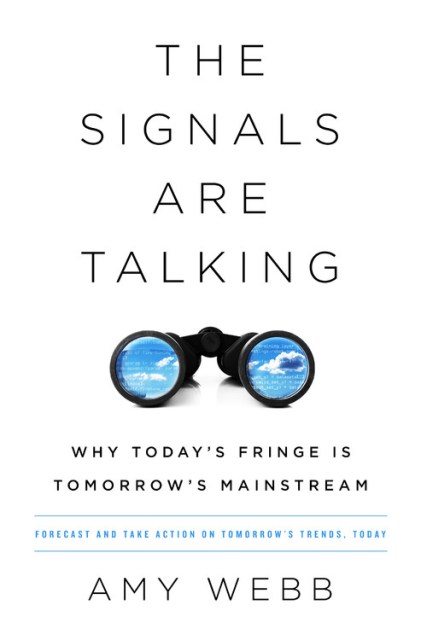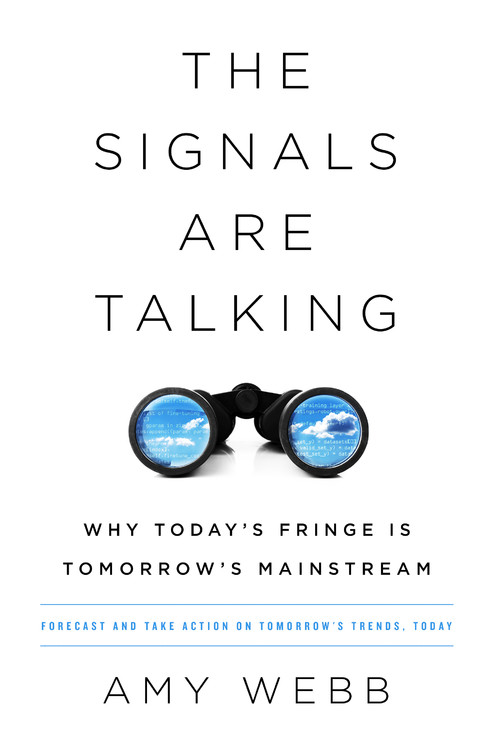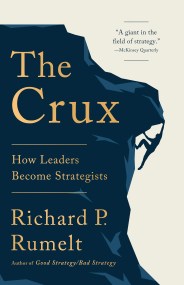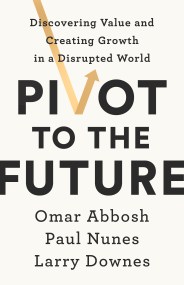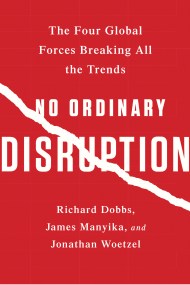Promotion
Use code MOM24 for 20% off site wide + free shipping over $45
The Signals Are Talking
Why Today's Fringe Is Tomorrow's Mainstream
Contributors
By Amy Webb
Formats and Prices
Price
$18.99Price
$23.99 CADFormat
Format:
- Trade Paperback $18.99 $23.99 CAD
- ebook $11.99 $15.99 CAD
- Audiobook Download (Unabridged)
This item is a preorder. Your payment method will be charged immediately, and the product is expected to ship on or around March 6, 2018. This date is subject to change due to shipping delays beyond our control.
Also available from:
With the methodology developed in The Signals Are Talking, we learn how to think like a futurist and answer vitally important questions: How will a technology-like artificial intelligence, machine learning, self-driving cars, biohacking, bots, and the Internet of Things-affect us personally? How will it impact our businesses and workplaces? How will it eventually change the way we live, work, play, and think-and how should we prepare for it now?
Most importantly, Webb persuasively shows that the future isn’t something that happens to us passively. Instead, she allows us to see ahead so that we may forecast what’s to come-challenging us to create our own preferred futures.
Genre:
- On Sale
- Mar 6, 2018
- Page Count
- 336 pages
- Publisher
- PublicAffairs
- ISBN-13
- 9781541788237
Newsletter Signup
By clicking ‘Sign Up,’ I acknowledge that I have read and agree to Hachette Book Group’s Privacy Policy and Terms of Use
